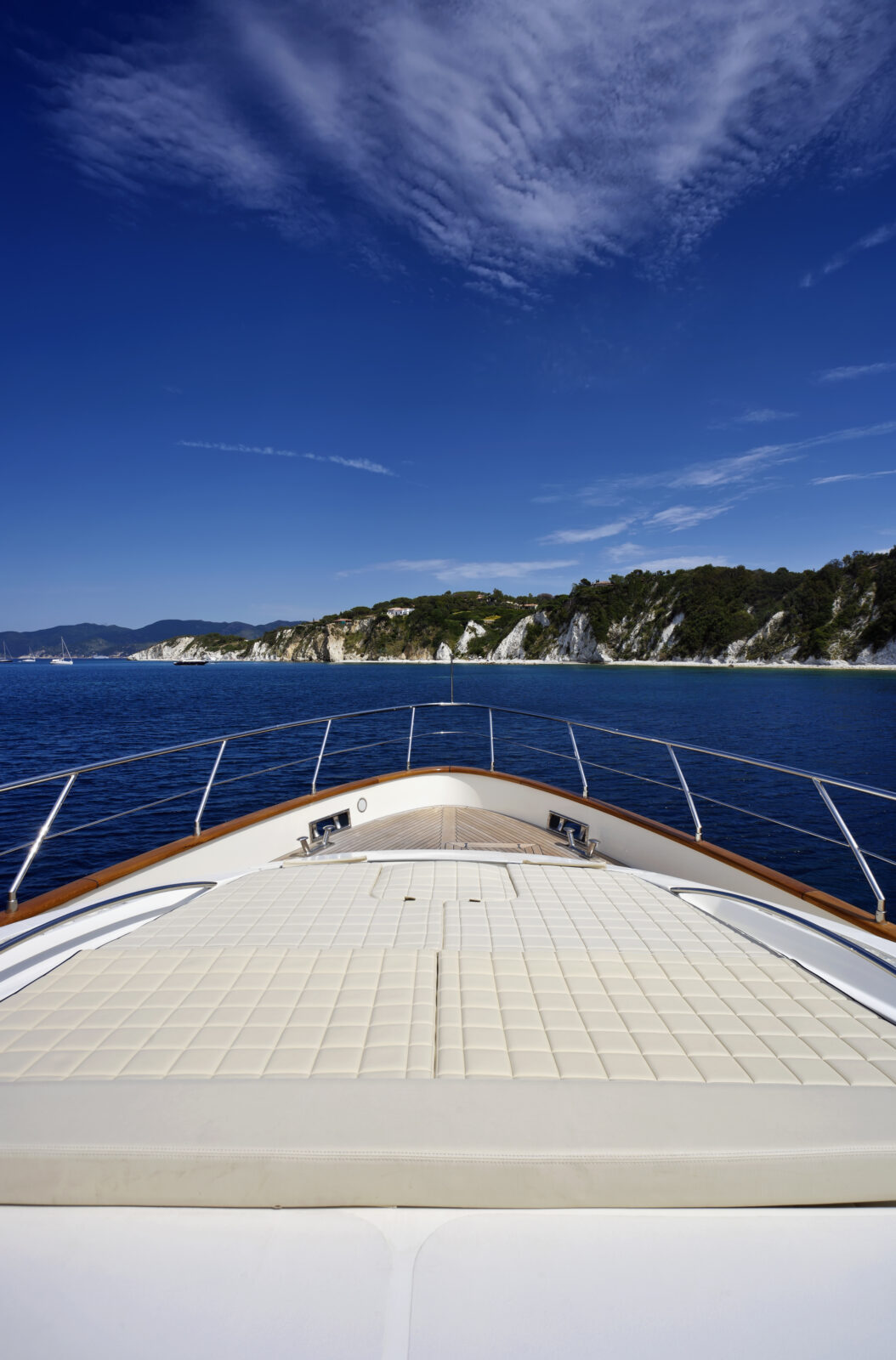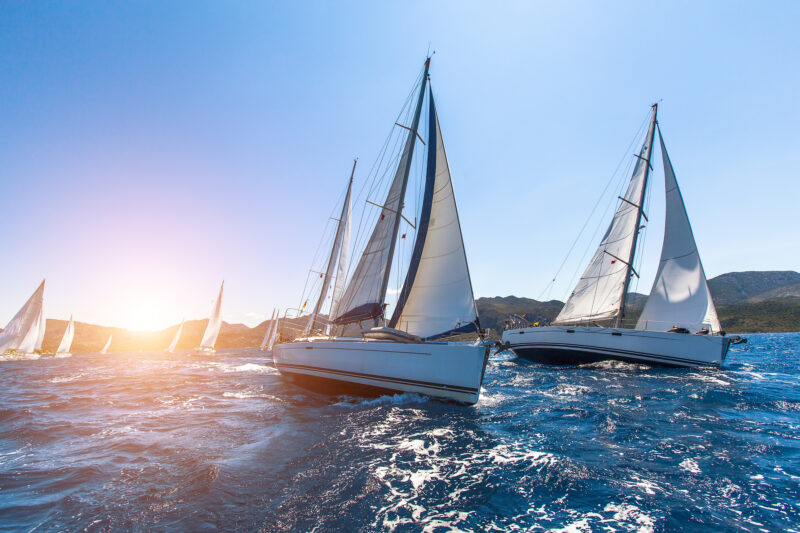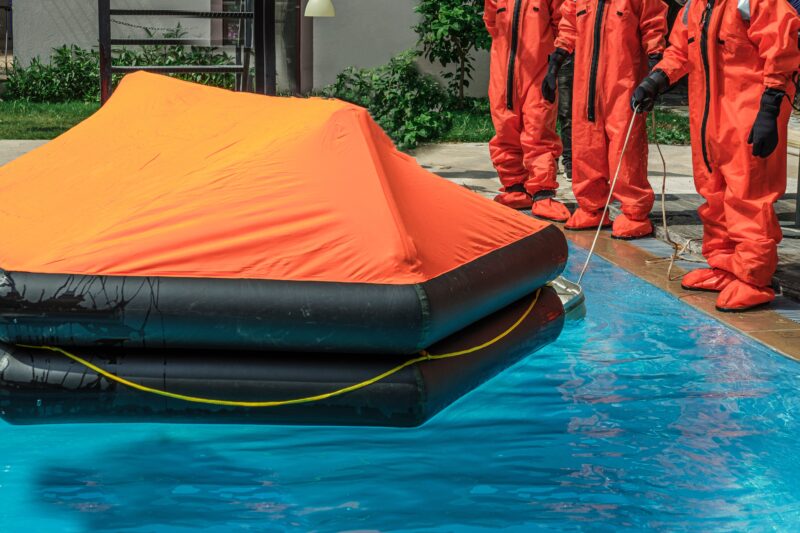


There has never been a point in history when it was safer to take to the world’s great open waters onboard vessels of all kinds. Although many people still lose their lives at sea every year, increased knowledge, general standards of safety, and technological advancements in equipment and weather reporting have made it a much safer endeavour. However, there can never be absolute safety assurance when you set forth on the ocean waves. Accidents and disasters are rare, but they do happen. This article examines how vessels can maximise any trip’s safety and alert others to their distress if necessary. From legally required safety equipment and features on board to recommended signal devices and general best practices.

DISTRESS SIGNALS
The purpose of distress signals is to efficiently, quickly, and effectively attract attention to secure assistance as and when required. Properly used visual distress signals help rescuers locate vessels in difficulty when searching and can prevent minor emergencies from becoming much more severe. Regulations regarding visual and other distress signals vary depending on your country of origin. However, the following are all required on vessels originating and operating in US waters and are as valid as any in providing maximum safety to those on board. The regulations stipulate that vessels must carry at least three devices for signalling during the day and three for use at night.
TYPES OF VISUAL DISTRESS SIGNALS
Most visual distress signals fall into two categories: pyrotechnic and non-pyrotechnic. Provided each vessel carries three for nighttime and three for daytime use, any combination of these is permitted.
PYROTECHNIC DEVICES
Any pyrotechnic devices on board must be Coast Guard-approved, in good working condition, and stowed in such a way as to be readily accessible when required. Most commonly found in the form of flares, pyrotechnic devices are combustion-based products that burn with bright, colourful light, generating heat and smoke. It should be noted that pyrotechnic devices have an expiration date, which is generally no more than 42 months from their date of manufacture. If no regulations exist regarding the use of pyrotechnic devices as distress signals, using only those within their expiry date is still recommended. Malfunctions or failure to ignite are not common but are more likely with out-of-date devices. Expired flares are not necessarily useless and may be carried as backups, but they will not count towards any legally required quota.
A suitable glove must be worn to hold a flare by hand, and it is important to be aware of the direction of the wind. The device should be kept downwind of the vessel to prevent choking and toxic smoke inhalation.
NON-PYROTECHNIC DEVICES
Because no single signalling device can be effective in all conditions, it is recommended that vessels carry several types, including:
Daytime use:
Nighttime use:
An ordinary flashlight is insufficient for distress signalling, as most cannot flash automatically, and even those with that option do not possess enough candle power to be effective over long distances.
WHEN AND HOW TO USE VISUAL DISTRESS SIGNALS
As the name suggests, visual distress signals are designed to be seen and are of little to no use if this is not the case. Only employ short-lived distress signals like flares when you are confident they can be seen or you hear other vessels and vehicles nearby. Common sense and good judgment are essential in emergencies, and the deliberate, effective use of visual distress signals is part of this.
Pyrotechnic devices, advantages and disadvantages
Pyrotechnic distress devices are the most popular among many mariners and are a potentially life-saving resource in times of need.
Advantages:
Disadvantages:
Non-pyrotechnic devices, advantages and disadvantages
Advantages:
Disadvantages:
RESPONDING TO VISUAL DISTRESS SIGNALS
It is an unwritten rule of the sea that any vessel will come to the aid of another in distress. Upon spotting any visual distress signal (or hearing one via your VHF radio), you must notify the nearest Coast Guard before anything else. The internationally recognised emergency channels are as follows:
Once you have alerted the authorities, it is vital to assess what, if any, assistance you can provide on the scene. You must only attempt to assist any stricken vessel if you can do so without endangering yourself.
WHAT OTHER SAFETY EQUIPMENT IS REQUIRED ON A YACHT?
Although attracting attention using visual distress signals and other devices is a crucial capability on board any seafaring vessel, there are other items of safety equipment it is the responsibility (either legally or morally) of any yacht owner to have in place, including:

FINAL THOUGHTS
The crucial thing to take away from this article is that no single device can provide the solution under all conditions. It is safer and more practical to carry a range of visual distress signal devices and deploy them as the circumstances dictate. Above all, when faced with a situation that demands a signalling device, think carefully about which will best serve your purpose. Wasting single-use, short-lived devices in panic is counter-productive and can mean the difference between salvation and further difficulties. It is recommended that all mariners take safety courses and train in the proper use of signalling devices.
CONTACT US
To learn more about Asia’s leading new yacht sales, brokerage, and service company, please do not hesitate to contact us at Simpson Marine. We will happily address questions or comments and offer any open, friendly advice and guidance you need.